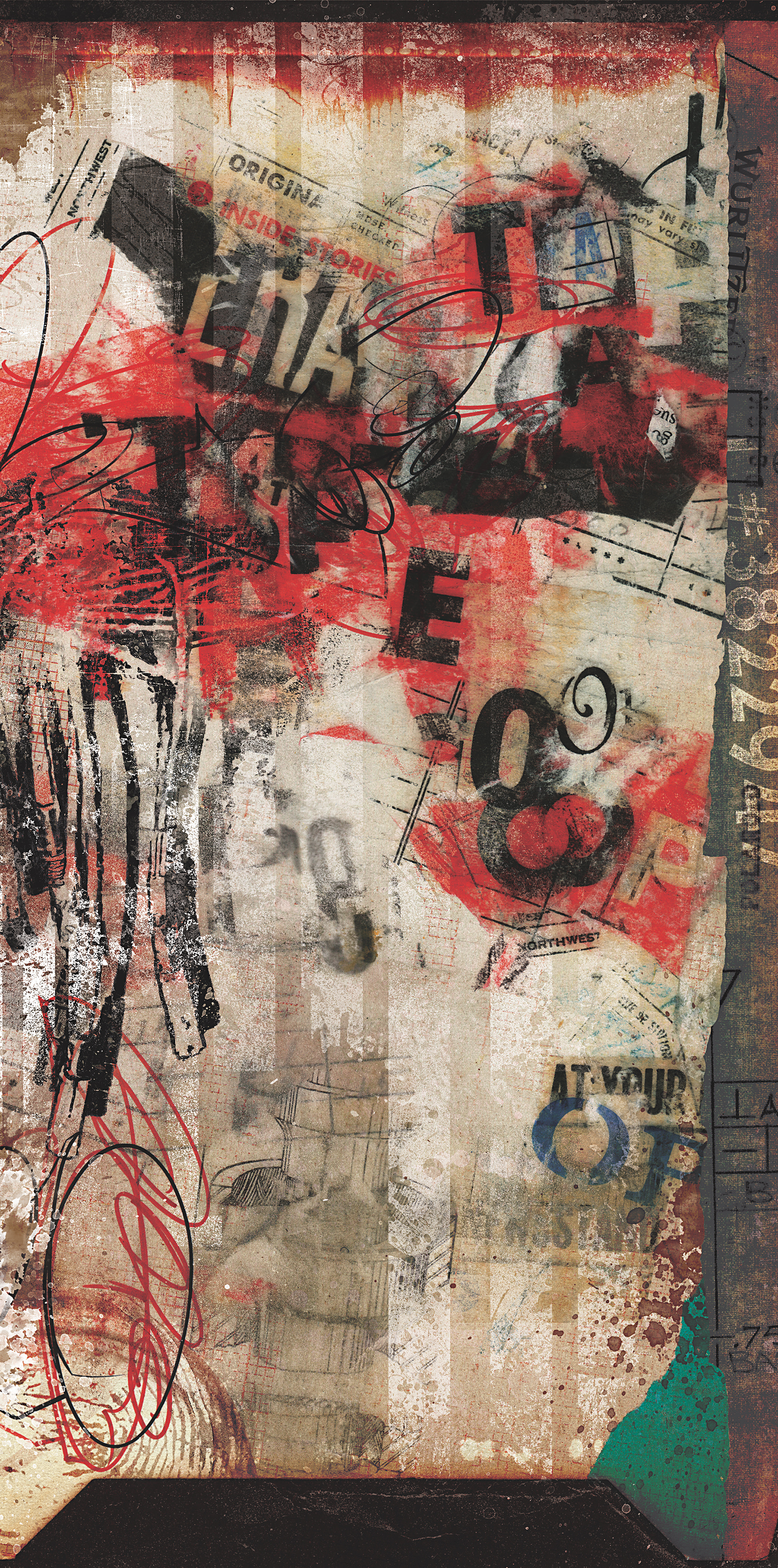I’m writing this just a couple weeks after the AES Show in New York City. This was the first major Pro Audio convention that I’ve attended since the Pandemic, and I very much enjoyed catching up with so many colleagues in our industry that I hadn’t seen in years. I’m sure we spent more time sharing personal stories than we did talking studio gear, but there were plenty of new products at the show, a few of which I’ll highlight here. ••• Focusrite <focusrite.com> had two new audio interfaces on display that are perfect for recording podcasts, editing YouTube videos, creating social media content, and even walking your clients through a remote-vocal session over Zoom. Vocaster One ($199.99) is a compact, single-mic, single-headphone USB interface that has an auto-gain input, “magic wand” real-time DSP effects for voice enhancement, easily accessible cough switch, two stereo loopbacks to mix pre-recorded content into the program output, bi-directional Bluetooth 5.0 connectivity, phone-call injection, and even a dedicated audio output to feed a video camera. Vocaster Two ($299.99) is the slightly larger sibling, and it supports two mics and two headphones. Both units are available as interfaces only, or bundled with a Vocaster DM14v mic and HP60v closed-back headphones. Regardless of which boxed version you choose, also included are Hindenburg LITE recording software and subscriptions to SquadCast Pro and Acast Influencer. Yes, you can accomplish all of the above with your current audio interface, as long as it has enough I/O channels and supplementary busing to implement the loopbacks. But the Vocaster interfaces are dead simple to set up and operate, and the well-designed loopback function means that you don’t have to worry about advanced routing configurations, external mixers, or worse, routing mistakes leading to nasty feedback while on camera! ••• Speaking of mixers — on prominent display at the Solid State Logic booth was the downsized SSL Origin 16 console <solidstatelogic.com> ($39,999). This smaller Origin is the same as the 32 model in all regards, except for the number of fader channels. Being a true in-line desk, Origin has both large and small faders, which can be utilized as DAW returns or as separate inputs to double the number of ins. Origin 16 of course includes the legendary E-Series EQ on every channel, as well as the archetypal SSL Bus Compressor in the center section, while its mic preamps are SSL’s new PureDrive discrete-transistor design for clean or saturated tones. ••• And speaking of consoles — I had a lot of fun talking through console-like mixing workflows made possible by the UndertoneAudio Pyra-Sum <undertoneaudio.com>. Unlike other analog summing boxes that simply combine their inputs into a stereo pair of outputs, Pyra-Sum is designed for multi-bus mixing and parallel processing. Therefore, it includes passively summed subgroups for drums, instruments, and vocals, which in turn passively sum to a stereo mix-bus. These cascading buses allow you to separately process the subgroups and then apply an overall mix-bus strategy. For example, you might want to crush the drums hard and parallel that crushed subgroup with the unprocessed drums, then add leveling to the vocal bus, before summing everything through a “glue” compressor. By the way, if you don’t want to follow the suggested subgroupings, you can order the Pyra-Sum with less specific labeling. We also discussed integration of Pyra-Sum with the WesAudio ngLeveler <wesaudio.com> ($1,999) plug-in controlled, analog automation system. When you’re relying on a hybrid strategy of DAW-based mixing through analog hardware, having fully recallable control of level, mute, and solo automation after or even between analog processing can be a game-changer. For example, riffing off the aforementioned example, you could automate the ratio of crushed drums vs. clean drums between sections of a song, as well as automate the overall level of the drums.

